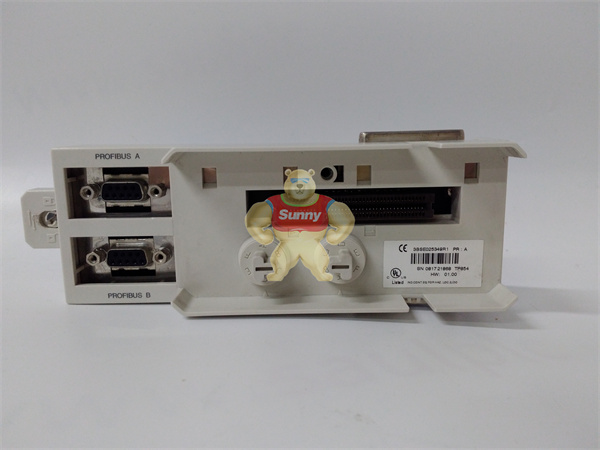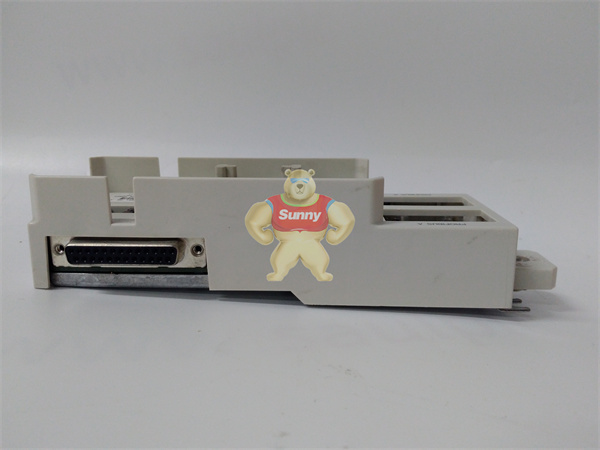The emergence of frequency converter has brought innovation to industrial automation control and motor energy saving. Industrial production is almost inseparable from the frequency converter, even in daily life, elevators, frequency conversion air conditioning has become an indispensable part, the frequency converter has begun to penetrate into every corner of production and life. However, the frequency converter has also brought many unprecedented problems, of which damage to the motor is one of the most typical phenomena.
Many people have found the phenomenon of inverter damage to the motor. For example, a pump factory, in the past two years, his users have frequently reported that the pump has been damaged during the warranty period. In the past, the quality of this pump factory’s products was very reliable. After investigation, it was found that these damaged pumps were driven by frequency converters.
Although the phenomenon of inverter damage to the motor has been paid more and more attention, the mechanism of this phenomenon is not clear, let alone how to prevent it. The purpose of sharing this article is to address these confusions.
Inverter damage to the motor
The damage of the inverter to the motor includes two aspects, the damage of the stator winding and the damage of the bearing, as shown in the figure below. This damage generally occurs within a few weeks to a few months, and the specific time is related to many factors such as the brand of the inverter, the brand of the motor, the power of the motor, the carrier frequency of the inverter, the cable length between the inverter and the motor, and the ambient temperature. The early accidental damage of the motor brings huge economic losses to the production of the enterprise. This loss is not only the cost of motor maintenance and replacement, but also the economic loss caused by unexpected shutdown. Therefore, when using the inverter to drive the motor, we must pay enough attention to the problem of motor damage.

TP854 3BSE025349R1

TP854 3BSE025349R1
The difference between inverter drive and power frequency drive
To understand the mechanism that the power frequency motor is more likely to be damaged under the condition of inverter drive, first understand the difference between the voltage of the inverter drive motor and the power frequency voltage. Then understand how this difference has an adverse effect on the motor.
The basic structure of the inverter is shown in Figure 2, including two parts: the rectifier circuit and the inverter circuit. The rectifier circuit is a DC voltage output circuit composed of a common diode and a filter capacitor, and the inverter circuit converts the DC voltage into a pulse width modulated voltage waveform (PWM voltage). Therefore, the voltage waveform of the motor driven by the inverter is the pulse waveform with the pulse width change, rather than the sine wave voltage waveform. To drive the motor with pulse voltage is the root cause of easy damage to the motor.
Mechanism of inverter damage to motor stator windings
When the pulse voltage is transmitted on the cable, if the impedance of the cable does not match the impedance of the load, the reflection will be generated at the load end. The result of reflection is that the incident wave and the reflected wave are superimposed to form a higher voltage, which can reach a maximum of 2 times the DC bus voltage and about 3 times the input voltage of the inverter, as shown in Figure 3. The high peak voltage is applied to the coil of the motor stator, causing voltage shock to the coil, and frequent overvoltage shock will lead to premature motor failure.
After the motor driven by the frequency converter is affected by the peak voltage, its actual life is related to many factors, including temperature, pollution, vibration, voltage, carrier frequency and coil insulation process.
The higher the carrier frequency of the inverter, the closer the output current waveform is to the sine wave, which will reduce the operating temperature of the motor, thereby extending the life of the insulation. However, a higher carrier frequency means that a higher number of peak voltages are generated per second, and the number of shocks to the motor is higher. Figure 4 shows how the insulation life varies with the cable length and carrier frequency. From the figure, it can be seen that for a 200-foot cable, when the carrier frequency is increased from 3kHz to 12kHz (a four-fold change), the life of the insulation is reduced from about 80,000 hours to 20,000 hours (a four-fold difference).
 1 Year Warranty
1 Year Warranty





